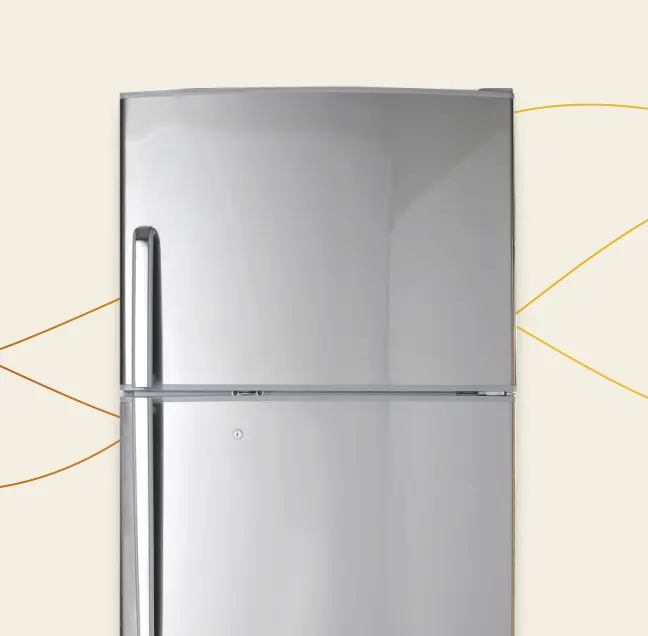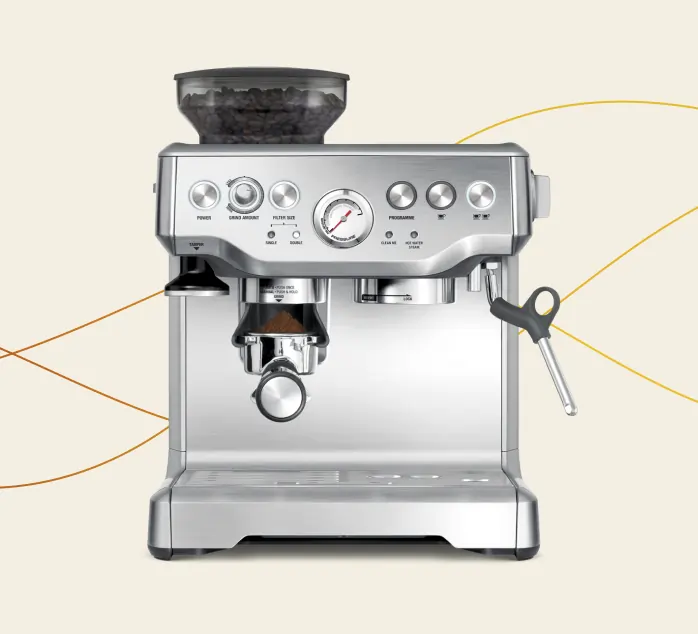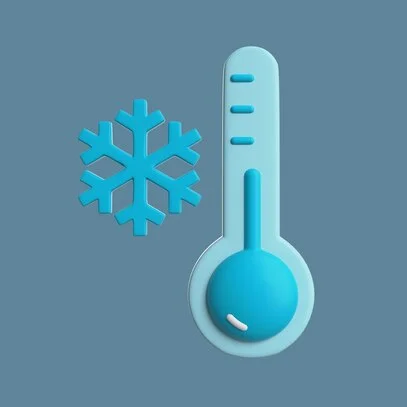Cold rooms are essential for preserving perishable goods, but their energy consumption can be a source of high operational costs.
Here, we will walk you through the key strategies and insights to achieve top energy efficiency of your cold room facilities. By implementing these techniques, you can reduce energy consumption and cut down your operational expenses.
Insulation and Sealing Techniques
Effective insulation prevents much of heat transfer and ensures a stable internal temperature. Insulating walls, ceilings, and floors using high-quality materials like polyurethane foam helps prevent energy leakage. Properly sealed doors further enhance energy efficiency by reducing cold air loss. If you did not insulate your cold room properly when installing, consider insulation as a cold room repair activity.
Temperature and Humidity Control
Maintaining consistent temperature and humidity levels is vital. Utilising advanced control systems that adjust cooling based on real-time conditions can optimise energy usage while preserving the integrity of stored items.
Energy-Efficient Refrigeration Systems
Choosing the right refrigeration system is crucial. Modern systems equipped with energy-efficient compressors, evaporators, and condensers consume less energy while delivering effective cooling. Regular maintenance and servicing also contribute to their longevity and performance.
Lighting Optimisation
Energy-efficient lighting, such as LED fixtures, is a must to reduce energy consumption. Implementing motion sensors ensures that lights are only active when necessary.
Load Management and Organisation
Proper organisation of stored items can optimise cold room efficiency. Avoid overloading the space, as this can obstruct airflow and lead to uneven cooling. Arrange products strategically to enable efficient circulation of cold air.
Cold Room Door Management
The frequent opening and closing of cold room doors can significantly impact energy consumption. Installing self-closing doors with automatic shut-off mechanisms minimises cold air escape and reduces the workload on the cooling system.
Regular Maintenance
Scheduled maintenance of refrigeration systems, insulation, and temperature control mechanisms is essential for peak performance. Regular inspections identify potential issues and allow for timely repairs, preventing energy wastage.
Conclusion
Achieving cold room energy efficiency is a multi-faceted endeavor that requires a combination of proper insulation, temperature control, equipment optimisation, and regular maintenance. By implementing the strategies outlined in this guide, businesses can significantly reduce energy consumption and lower operational costs. Remember, every small effort towards energy efficiency counts, and together, we can make a substantial positive impact on both our bottom line and the environment.


